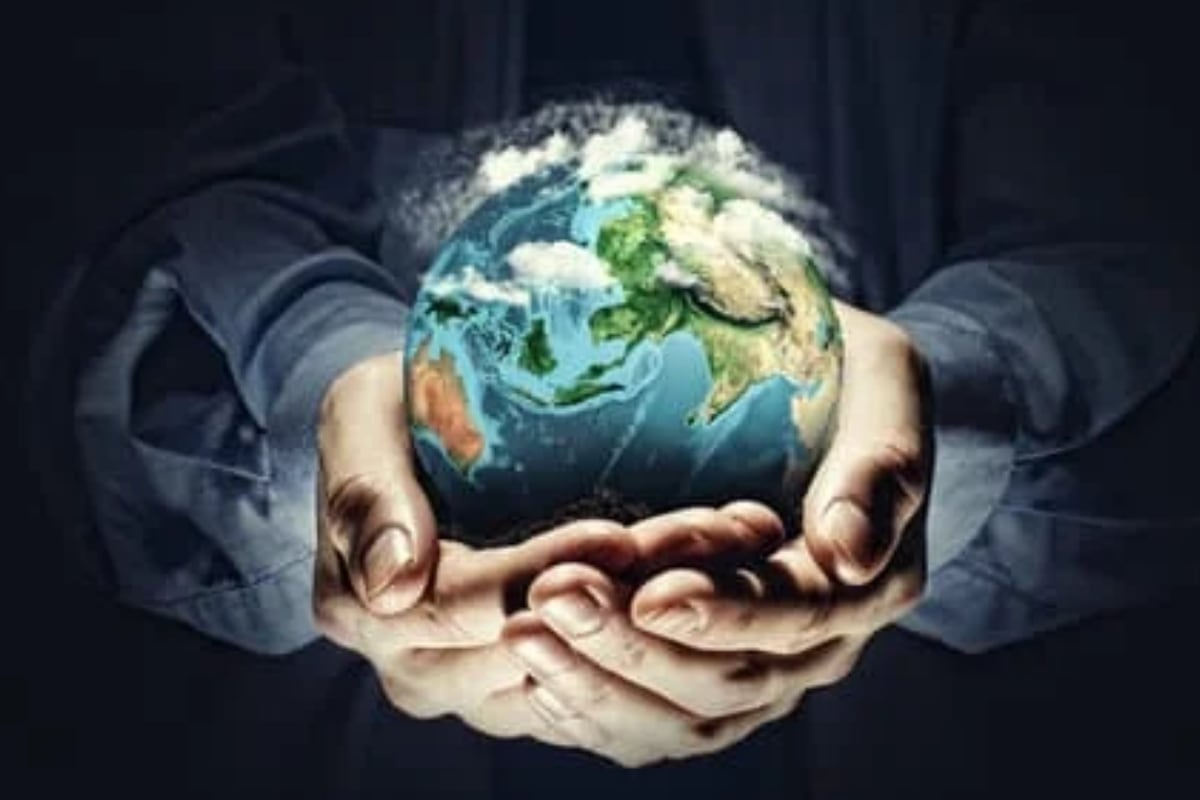
Today is Earth Hour and we must prioritize how to improve sustainable development to combat environmental pollution in Peru, considered by a study as one of the countries that “breathe the worst air on the planet”. With small actions, great changes can be made, taking into account that the Earth is the only home of human beings and efforts are needed to take care of it. However, as a country, what progress is being made towards more sustainable energy development?
It should be remembered that the energy matrix of a country is composed of various resources. In Peru, the least polluting sources of energy are obtained from the kinetics of winds and solar radiation. Despite having significant amounts of renewable resources, progress in migrating to this type of energy is still slow.
Therefore, the challenge for authorities and professionals in the energy sector is to identify the potential available, as well as to acquire new technologies to develop them.
“Peru has a special feature, because it has renewable resources to meet its domestic demand and, within a well-planned model, to be able to export. However, being able to migrate to these renewable energy sources is not an easy task, since we must know the true energy potential of our country. Once we know this, we will be able to acquire new technologies to develop them,” said Eunice Villicana Ortíz, director of the Energy Engineering and Mechanical Engineering degree at the University of Engineering and Technology (UTEC).
“Peru is making significant progress, but it is necessary to redouble efforts to achieve more ambitious goals related to energy diversification,” Villicana said.
DATA
Currently, the country would have 120,000 MW of renewable resources of available power. In the case of solar energy, there are about 25,000 MW of resource available, but we only use 1.2%. With wind power we have 22,000 MW of available resource of which we use around 1.9%, in biomass we estimate a potential of 900 MW of which 3% is used and in geothermal energy a resource of 3,000 MW is calculated, but nothing is installed yet due to its high cost.
The specialist explained that this slow renewal process would change if new legislation is implemented, and it will be crucial to have as its main objective that 20% of the energy matrix be composed of Non-Conventional Renewable Energies (NCRE) by 2030.

PROJECTS WITH RENEWABLE ENERGY TECHNOLOGIES
Faced with this situation, the specialist pointed out that UTEC students develop projects on how to improve small energy microarrays, how to explore and search the existing potential in solar and wind resources, among others.
In this regard, it is necessary to know that resources such as the production of green hydrogen, energy storage, the hybridization of renewable sources, electromobility, sustainable cities, digitalisation and, undoubtedly, the establishment of financing mechanisms are needed.
He argues that updating the regulations that already exist today in relation to renewable sources are important than facilitating the technical and economic function in the implementation of renewable energy projects.
EARTH HOUR IN PERU
All Peruvians will be able to participate this Saturday, March 26 from 8:30 p.m., when it will be held simultaneously with other cities around the world in order to take positive actions for the environment, animals, natural habitats and the impact of man.
PERU AT EARTH HOUR
Officially, in 2009 our country joined this movement for the first time. Their participation became the largest and most important environmental campaign ever carried out in the Peruvian territory. According to official data, 8 million citizens participated in this debut event, making us the global leader of the edition.
KEEP READING
Últimas Noticias
Debanhi Escobar: they secured the motel where she was found lifeless in a cistern
Members of the Specialized Prosecutor's Office in Nuevo León secured the Nueva Castilla Motel as part of the investigations into the case

The oldest person in the world died at the age of 119
Kane Tanaka lived in Japan. She was born six months earlier than George Orwell, the same year that the Wright brothers first flew, and Marie Curie became the first woman to win a Nobel Prize

Macabre find in CDMX: they left a body bagged and tied in a taxi
The body was left in the back seats of the car. It was covered with black bags and tied with industrial tape
The eagles of America will face Manchester City in a duel of legends. Here are the details
The top Mexican football champion will play a match with Pep Guardiola's squad in the Lone Star Cup

Why is it good to bring dogs out to know the world when they are puppies
A so-called protection against the spread of diseases threatens the integral development of dogs




